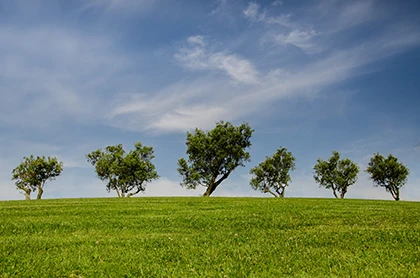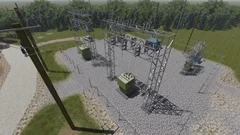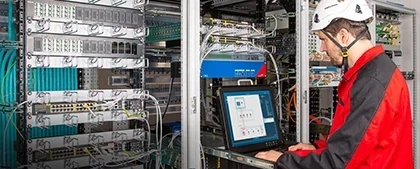Substation Focused on Environmental Design

One of the important trends in design of new overhead lines over the past 20 years has been development of structures and designs that are less obtrusive and more pleasing visually. Much the same process has also been going on at substations. For example, even 25 years ago, efforts had already been in place as far afield as Finland and Australia to build substations designed to facilitate acceptance by affected communities – either through aesthetic appearance, reduced scale or other factors. Indeed, more and more substations these days – especially those sited in urban centers or along well-traveled roads – are being designed to minimize adverse environmental and aesthetic impact.
During the mid-1990s, TransGrid – the network operator in New South Wales (NSW), Australia – wanted to build a substation at the confluence of existing 330 kV and 132 kV lines. Located some 60 km west of Sydney, this pristine rural area is marked by hobby farms and historic towns – exactly the type of place where any proposed new air-insulated substation would likely be met with staunch resistance. But given the site’s high strategic value, engineers worked extra hard to find a design that would meet all criteria required for public acceptance, without resorting to costly GIS.
Among the measures in this regard was to go out at an early stage to involve local people and all relevant special interest groups. Various options were laid out even before a firm site had been selected. One of these included establishing a wildlife area with animal paths integrated into the station’s overall landscaping. More significantly, one of the most evident differences at Regentsville Substation versus a ‘compact’ station in densely populated regions is that the key goal here was to minimize height, not land surface. Unlike in places such as Europe where compact station design typically involves a small ‘footprint’ with relatively tall structures, land size was not the central issue here. Instead, the focus was on controlling height to best understate the station’s visual impact.









